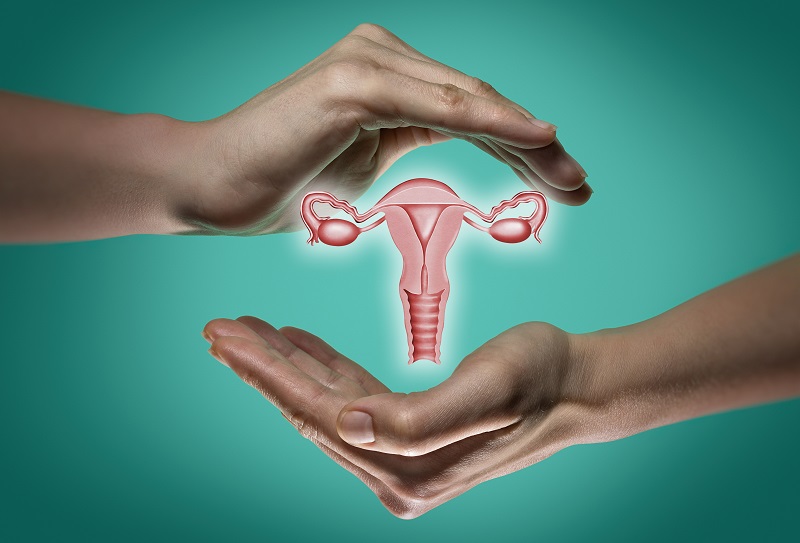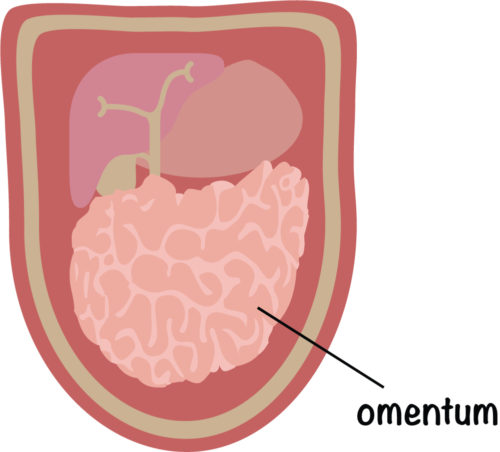Hysterectomy in Heidelberg
Search and Compare the Best Clinics and Doctors at the Lowest Prices for Hysterectomy in Heidelberg






Hysterectomy at Heidelberg University Hospital in Heidelberg, Germany
Our partner clinics in are accredited by the following associations












































































































































No Time?
Tell us what you're looking for and we'll reach out to the top clinics all at once
WHY US?












































































































































No Time?
Tell us what you're looking for and we'll reach out to the top clinics all at once
What does a Hysterectomy Procedure Involve?
The procedure begins with sedating the patient using a general anesthetic. After this, it can either be performed in the traditional way, that is open surgery or by a minimally invasive technique. However, which method is used depends upon the condition of the patient.
With a traditional Open Hysterectomy, a 5 to 7-inch incision is made across the abdomen. It can either be up and down or side to side. The Uterus is removed from the incised area and stitches are put in place and bandages are applied over it.
Whereas with the Minimally Invasive Hysterectomy, it is performed by various methods, but the basics are the same; for the Vaginal Hysterectomy, an incision is made in the vagina and the uterus is removed through it. Stitches are applied within so no visible scarring is seen. For the Laparoscopic Hysterectomy, a laparoscope with small surgical tools is inserted through several small incisions in the abdomen and the uterus is removed accordingly with minimal scarring.
The surgeon may also opt to remove all parts or only a part of your uterus, depending on the reason for a hysterectomy and may also follow the removal of your cervix and/or ovaries
Removal of Cervix
Subtotal or Supracervical hysterectomy - only the upper part of the uterus is removed, keeping the cervix in place.
- Total hysterectomy - the whole uterus and cervix are removed.
- Radical hysterectomy - this type of hysterectomy is done when cancer is present. The whole uterus, tissue on the sides of the uterus, the cervix and the upper part of the vagina are removed.
Removal of Ovaries
- Salpingectomy - when the tubes are removed.
- Oophorectomy - removal of the ovaries.
- Salpingectomy-oophorectomy - the entire uterus, tubes, ovaries are removed.
How Long Should I Stay in Heidelberg for a Hysterectomy Procedure?
Open hysterectomy is a 1-2 hour procedure and after the operation, a 2-3 day stay at the hospital is advised. Your health conditions are regularly monitored during this period. If everything goes fine, you are allowed to leave. With Minimally invasive techniques, it can be an outpatient procedure and you are discharged on the same day.
Still, you have to stay in Heidelberg for at least 14 days post-op. During this time, you will go back to the hospital for a few follow-up check-ups. Pain killers are prescribed to help with the discomfort. Your stitches are removed after 7-10 days, at which point you can continue your recovery before traveling home 2 weeks after the procedure.
What's the Recovery Time for Hysterectomy Procedures in Heidelberg?
Moving forward from a Hysterectomy in Heidelberg can be different for everyone. However, there are some general timelines that people tend to stick to. On average, full recovery might take anywhere from 2 weeks to 2 months. But remember, this time frame can be extended if the procedure was complicated, or if there were any complications during surgery.
While on the mend, it's crucial to listen to your body. If you feel pain, discomfort, or tiredness, it's a sign that you should rest. Pushing yourself too hard, too soon, can prolong recovery. Regular check-ups are crucial, and your medical professional will give guidance when it’s safe to return to regular activities. Each patient is unique, and so is each recovery journey from a Hysterectomy procedure in Heidelberg.
What sort of Aftercare is Required for Hysterectomy Procedures in Heidelberg?
You will need to rest as much as possible and a follow-up appointment should be arranged 6-12 weeks after your surgery to check your recovery progress. This can be arranged with any specialist in your home country.
Also, consider the following points when recovering:
- Abstain from sexual activity for at least 6 weeks after the surgery.
- Do not lift heavy objects or children for 5 to 6 weeks.
- Do not drive until you're fully recovered.
- Keep yourself active after surgery. Start walking a little in the early days, but don't overdo it.
- Take your time climbing the stairs.
- Change your bandages regularly as a dirty bandage can also cause infection.
- Give yourself the proper time to heal and ensure you get plenty of rest.
What's the Success Rate of Hysterectomy Procedures in Heidelberg?
Hysterectomy has a success rate of 80% and can cure several medical conditions as mentioned above. As for some women, it is the answer to several years of suffering from uterine problems. For others, it is the last resort to treat a life-threatening condition such as cancer.
Since this is major surgery, possible risks, and side effects could include chronic pain, vaginal prolapse, vaginal fistula, urinary incontinence, wound infections, blood clots, or a hemorrhage. There are also long term risks associated with having a hysterectomy which should also be considered, such as an increase in the risk of heart attack and stroke, urinary problems, sexual function problems, depression, hormone deficiency, or a decrease in blood supply to the ovaries.
Are there Alternatives to Hysterectomy Procedures in Heidelberg?
Choosing a health treatment is not a sprint; it's a marathon that you run with your healthcare team. Talking of Hysterectomy in Heidelberg, yes, there could be other options too. Your unique health status, past medical records, and personal preferences can steer your journey towards these alternatives.
Sometimes, your doctor may suggest other routes that aren't as invasive. Looking at a bigger picture, overhauling lifestyle habits, swinging by physical therapy sessions, or popping prescribed pills might also work as alternatives.
However, don't rush. Talk it out with your medical squad about the good, the bad, and the ugly of each alternative. A different method might sound tempting, but it might not be the best when it's your overall health and life quality at stake.
This information has been accurately sourced and verified by a medical professional for its accuracy, however, we strongly recommend you to consult with your doctor before pursuing medical procedures overseas.










